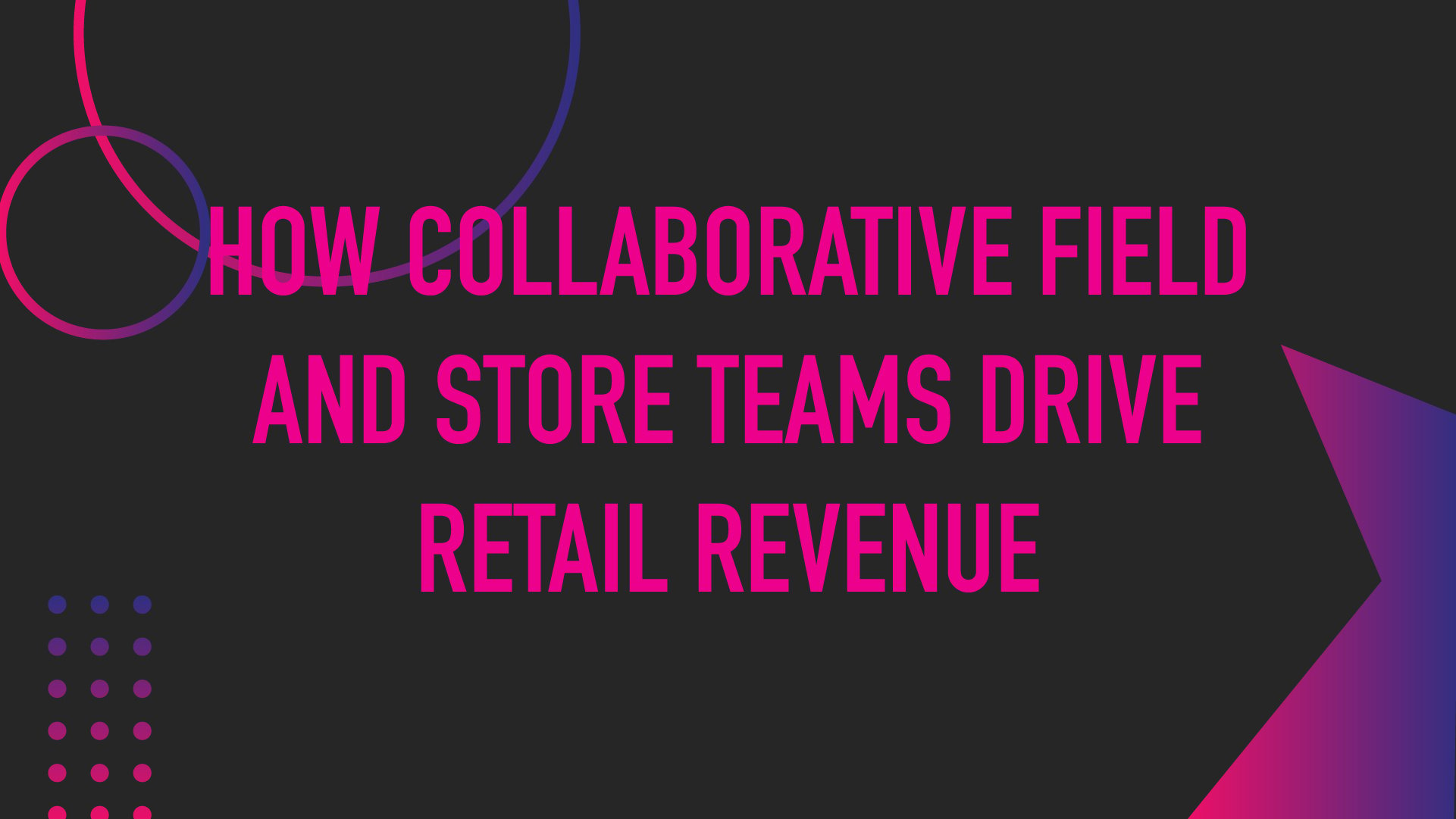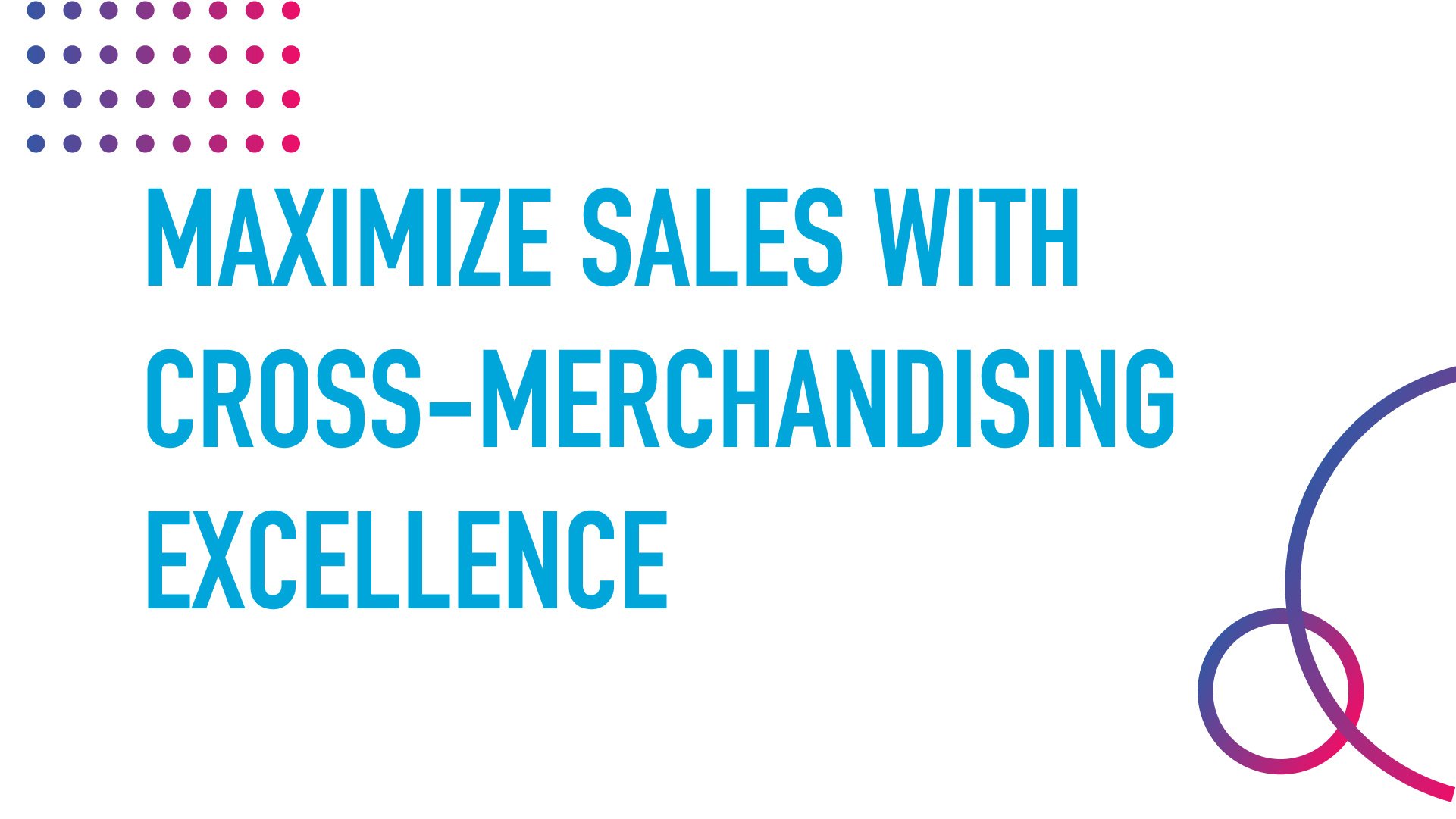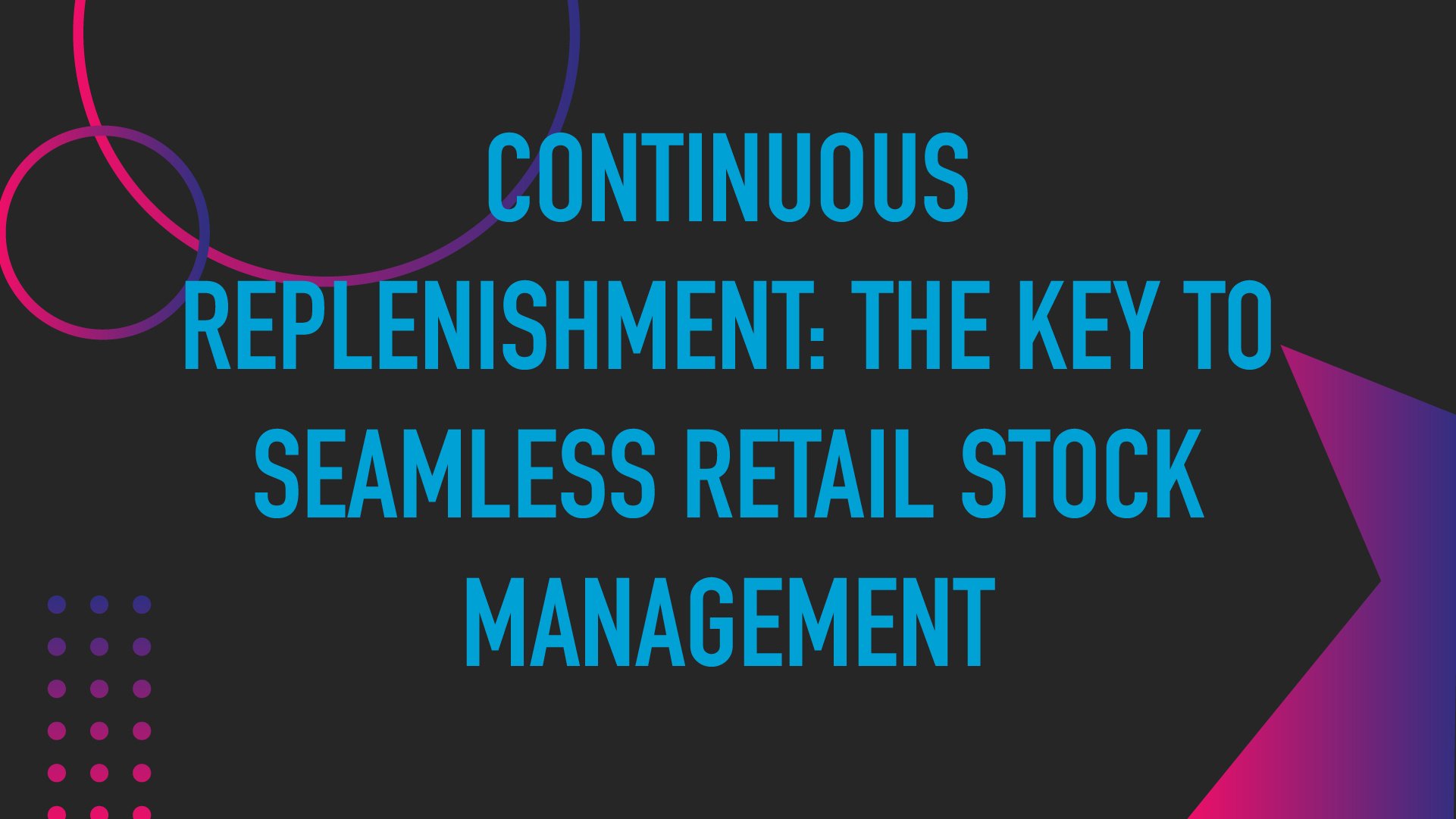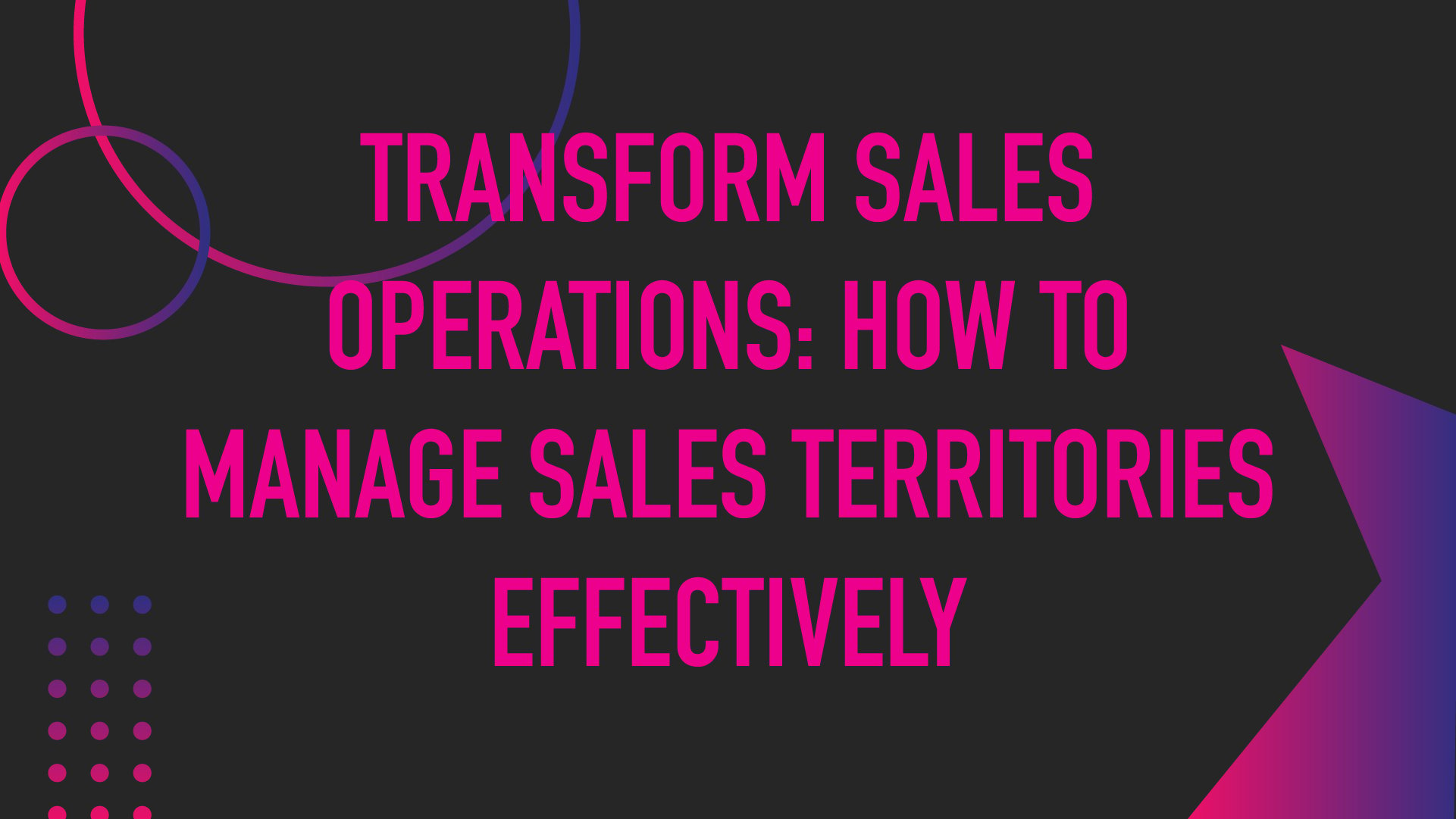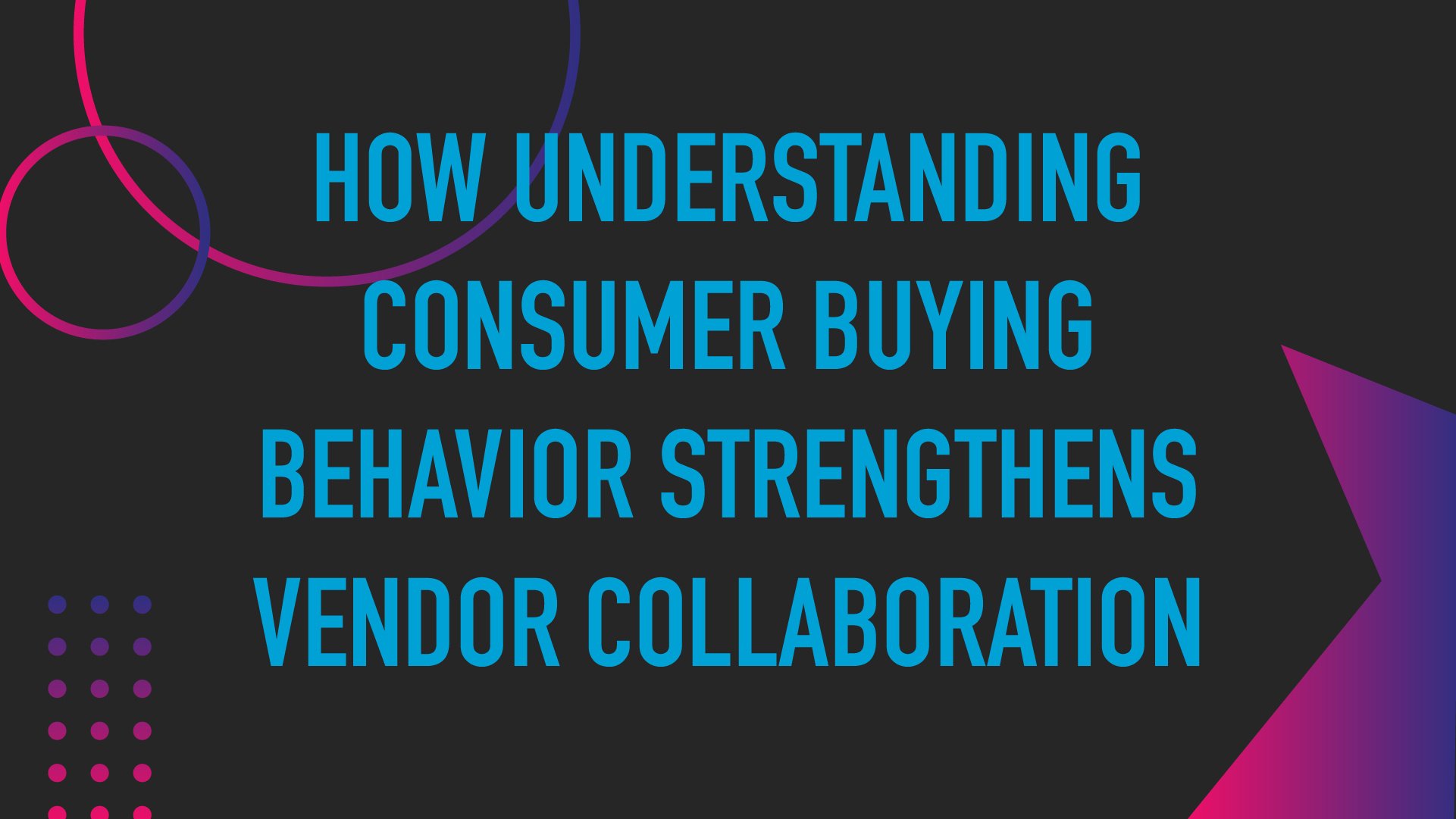Bridging the Gap: Collaborative Strategies for Field and Store Teams


The success of consumer packaged goods (CPG) companies, distributors, and merchandisers hinges upon the collaborative efforts of field and store teams. These teams are vital to retail operations and responsible for implementing strategies at the store that aid revenue growth strategies. However, achieving synergy between field and store teams has historically posed challenges, leading to inefficiencies and missed opportunities. Retail technology innovations are swiftly transforming how teams operate to meet these demands with solutions that revolutionize collaboration and streamline execution processes.
The Importance of Collaboration for Revenue Growth Strategies
Collaboration between field and store teams isn't just about working together—it's about harnessing the entire retail ecosystem's collective intelligence and expertise to drive revenue growth. By aligning their efforts towards a common goal, these teams can unlock new opportunities, overcome challenges, and ultimately deliver exceptional value to both consumers and stakeholders alike.
Leveraging Retail Technology for Seamless Collaboration
Innovative retail technology solutions offer a lifeline for organizations seeking to bridge the gap between field and store teams. These solutions empower teams with real-time communication tools, data analytics capabilities, and task management platforms.
Several strategies can boost collaboration and reduce friction between store and field teams, including joint planning, category management, trade promotions, and technology such as cloud-based infrastructure and advanced analytics. Building trust, establishing mutual plans, and leveraging partnerships between teams is key to improving collaboration. Research shows that when CPG manufacturers collaborate more closely with retailers, they outperform their competitors, emphasizing the importance of effective manufacturer-retailer collaborations.
- Mobile Applications: Mobile apps enable field teams to access product information, receive task assignments, and communicate with store staff on the go. Solutions that offer joint planning and item management features further streamline operations and information flow, enhancing productivity and fostering collaboration.
- Planogram Software: Planogram software allows teams to visualize and optimize product placement within stores, ensuring optimal shelf space utilization and enhancing the customer shopping experience. Additionally, when paired with compliance solutions, it streamlines shelf management execution for store and field teams, making operations smoother and more effective.
- Field Audit Tools: Field audit tools enable teams to conduct store audits efficiently, capturing data on product availability, pricing, and promotional compliance. This data provides actionable insights for decision-making and strategy refinement while decreasing the dependency on manual entry prone to human error.
How to Foster Collaboration between Store and Field Teams
Despite the undeniable benefits of collaboration, managers often encounter challenges in fostering synergy between field and store teams. Common hurdles include communication barriers, disparate systems, and resistance to change. To address these challenges, organizations must prioritize:
Communication Barriers
Ineffective communication channels can lead to misunderstandings, delays, and missed opportunities for collaboration. With field teams constantly on the move and store staff preoccupied with day-to-day operations, finding ways to communicate efficiently can be a significant challenge.
Solution: Investing in robust communication tools is essential for overcoming this obstacle. Mobile applications, instant messaging platforms, and collaboration software can facilitate real-time communication between field and store teams, regardless of their physical locations. Implementing regular check-ins, virtual meetings, and automated notifications also helps keep everyone on the same page and fosters a culture of open communication.
Disparate Systems and Processes:
Misaligned systems and processes between field and store teams can lead to confusion, inefficiencies, and duplication of efforts. Collaboration becomes fragmented without standardized procedures and unified platforms, hindering productivity and strategy execution.
Solution: Adopting innovative retail technology solutions that centralize data and streamline workflows is key to overcoming this challenge. Cloud-based platforms, task management software, and enterprise resource planning (ERP) systems can provide a unified framework for collaboration, allowing teams to access shared resources, track progress, and collaborate seamlessly. Customizing these solutions to align with field and store teams' specific needs and workflows ensures optimal functionality and adoption.
Transforming Resistance into Collaboration
Siloed mindsets and departmental barriers can hinder collaboration, preventing teams from sharing information, resources, and best practices. In environments where turf wars reign supreme, achieving alignment and cooperation can impede collaboration efforts and stall progress, creating friction within the organization.
Solution: Effective change management strategies are essential for overcoming resistance and driving adoption. Breaking down these mindsets and fostering a culture of collaboration requires providing comprehensive training and support, communicating the benefits of cooperation, and soliciting feedback from frontline teams to help alleviate concerns and build buy-in. Encourage cross-functional collaboration, establishing shared goals and incentives, and celebrating collective achievements to help dismantle barriers and build trust among team members.
Managers can pave the way for seamless collaboration between field and store teams by addressing these challenges head-on and implementing practical solutions. Emphasizing the interconnectedness of roles and highlighting the value of collaboration in achieving organizational objectives reinforces a sense of unity and purpose across organizations. Leadership commitment and proactive intervention can help teams embrace technology-driven innovation and nurture a collaborative mindset to unlock the full potential of their retail ecosystem, driving revenue growth and staying ahead in an ever-evolving market landscape.
featured content
featured content

The Importance of On-Shelf Availability in Retail: Why Keeping Items Stocked is Critical for Competitiveness in 2026
Learn why on-shelf availability is critical in today's retail store environment
